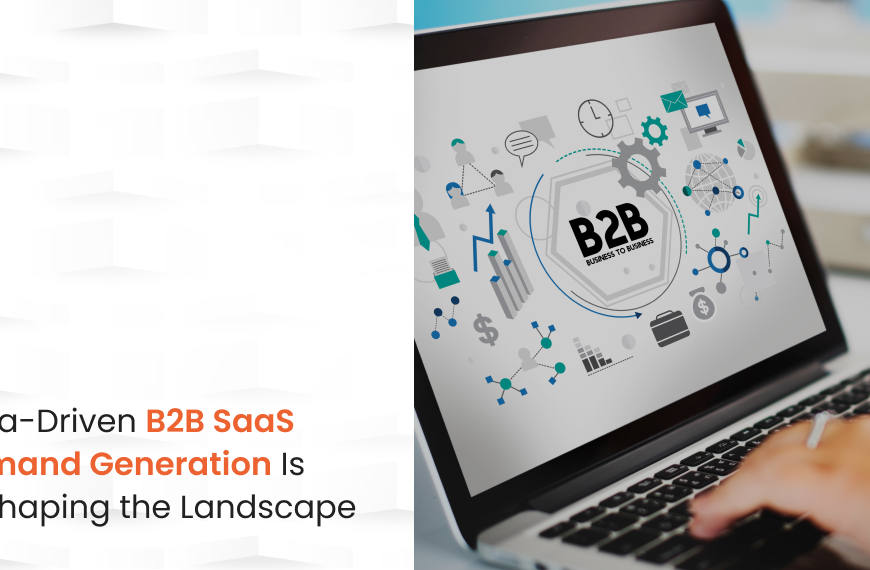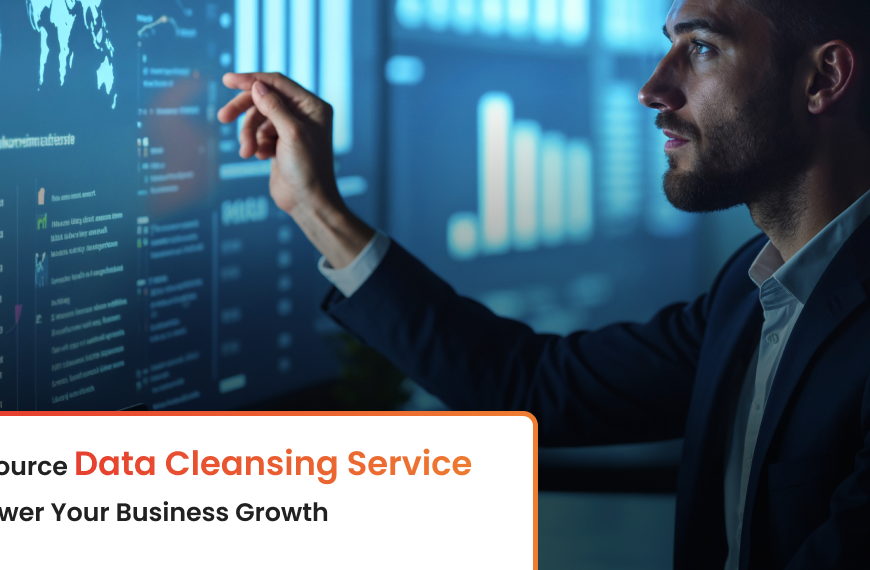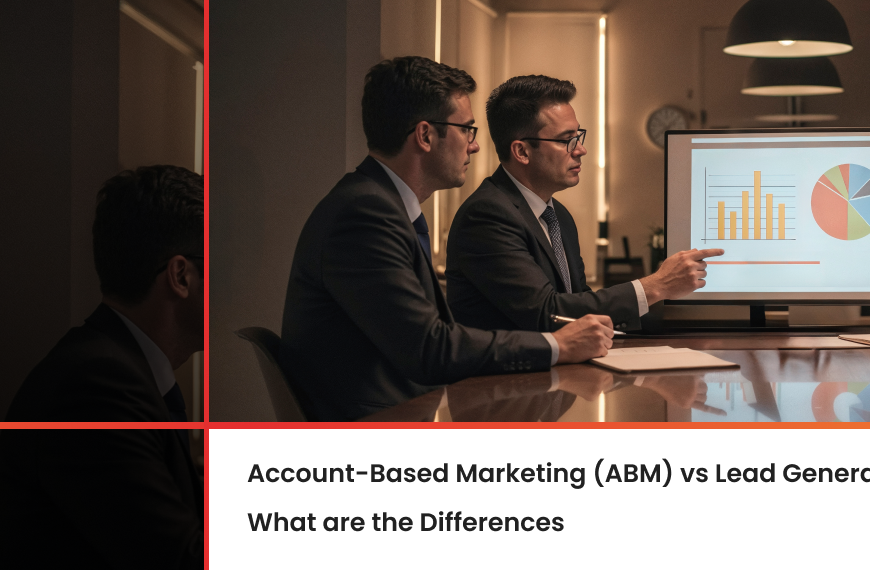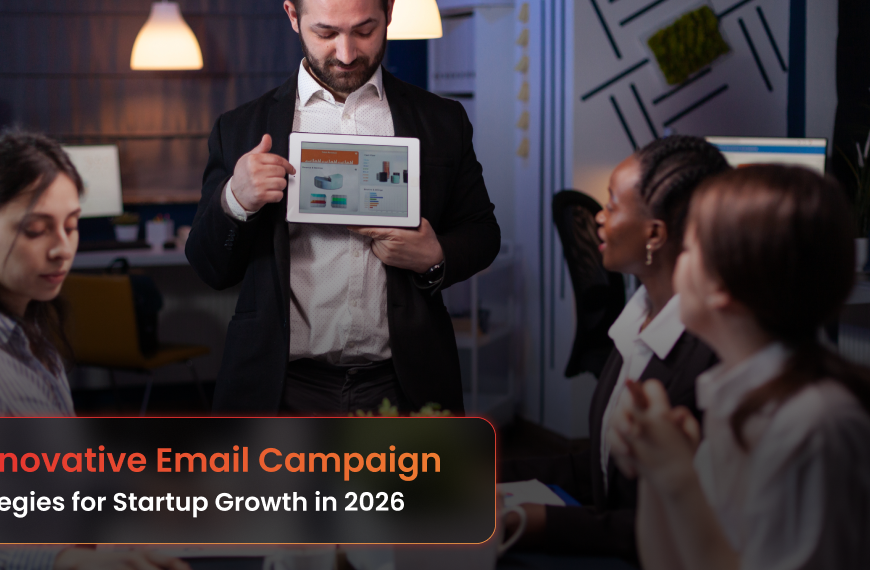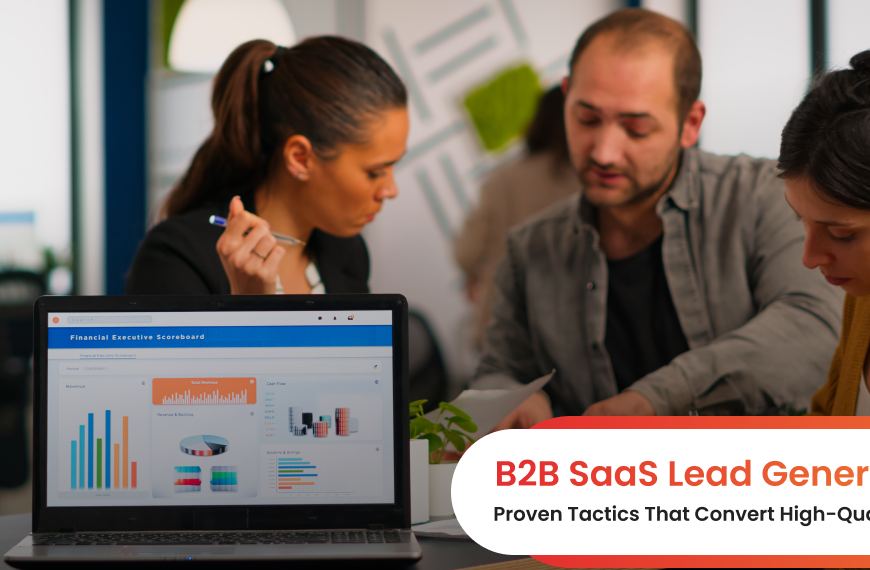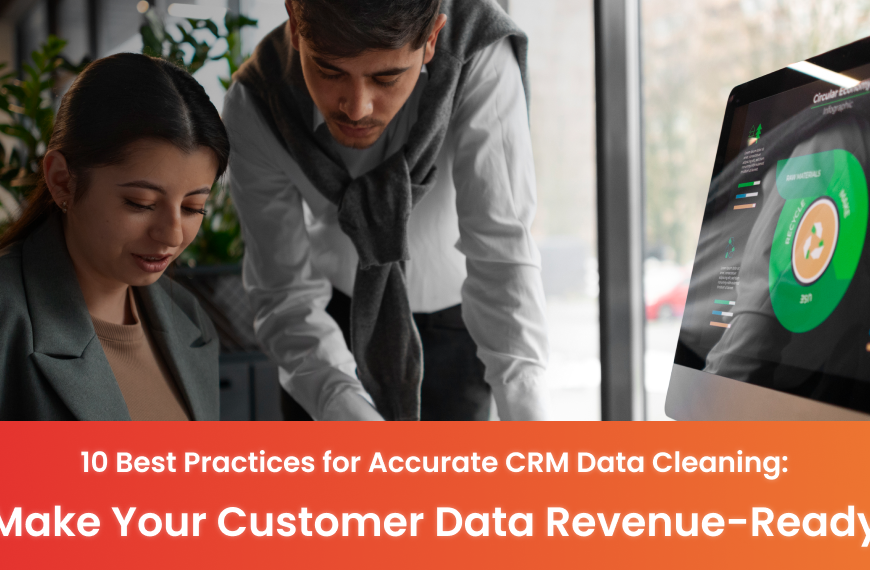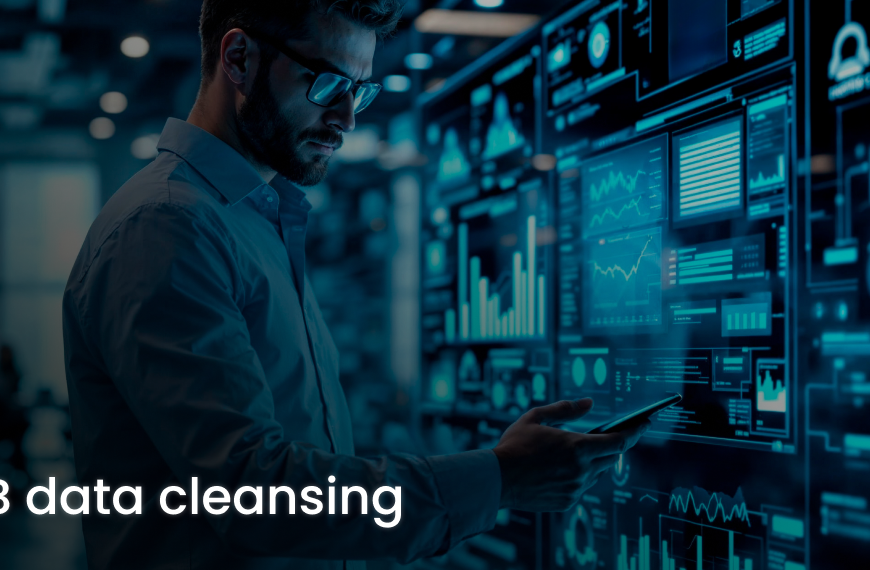Introduction
B2B Demand Generation has always been the driving force for businesses to attract and convert high-value leads. As the B2B landscape evolves with rapid new technologies and functions, it has become more important to the company’s success. However, many companies stumble upon similar losses that prevent the development and marketing budget. They need to understand the fact that if they want to navigate the demand generation in 2026, they must be aware of general errors and practical strategies to stop them.
This blog underlines the top 10 B2B demand generation errors to avoid in 2026. It provides strategic best practices to keep your pipeline strong and achieve higher ROIs, and provides direct linguistic insights.
Common B2B Demand Generation Mistakes to Avoid in 2026
Unclear Target Market Definition
Many B2B companies try to reach everyone, but in the end, they are not effective. The reason is simple! When you do not clearly define who your ideal customers are, your marketing messages become very widespread and fail to connect. Focus shortage spreads resources and makes it difficult to generate quality pipes. What will be the cost?
- Campaign messaging lacks focus, which reduces engagement rates.
- Your marketing budget may not be utilized effectively if it targets unqualified prospects.
- Your sales team will receive leads that don’t fit the ideal customer profile (ICP).
- It will become difficult for you to measure campaign performance due to mixed audience segments.
Missing or Weak Content Strategy
Content is the backbone of demand production as it educates and guides buyers. Without a clear content plan aimed at different stages of buyer journeys, your opportunities can find your message confusing or irrelevant. This leaves many potential customers before they confuse your brand deeply.
- The absence of tailored content for different funnel stages causes a drop-off.
- Prospects struggle to find answers to critical questions.
- Brand authority weakens without consistent, useful information.
- Leads to disintegration due to repetition or an irrelevant message.
- There is difficulty in distinguishing your brand from competitors when using standard content.
Overusing Automation and Losing Personalization
It helps to save automation time, but too much bending over it may make your marketing communication feel robotic and indiscriminate. If your messages do not speak directly to personal needs, the possibilities can easily be ignored or end membership in your outreach.
- High unsubscribe and opt-out rates from generic mass emails.
- The possibilities tune the lower response rate of robot messages.
- Lack of opportunity for meaningful engagement and trust-building.
- Difficulty standing in crowded inboxes.
- The brand feels the potential loss of its reputation in the form of outreach.
Poor Lead Nurturing
Generating a lead is just the beginning; many businesses fail to provide frequent or ongoing pricing. Leads that are not effectively nurtured lose interest or carry forward the contestants that better attach to them. As a result, your marketing investment will be in vain.
- Leads grow cold and move on to competitors.
- Drop in conversion rates due to a lack of relationship-building.
- Missed cross-sell and upsell opportunities.
- Reduced customers’ lifetime value from weak followers.
Sales and Marketing Misalignment
When the sales and marketing teams do not work closely, it causes confusion over who is the owner of the management and how they handle it. This can cause delays from disconnection, lost leads, and frustration. As a result, it will reduce the entire production process from beginning to end.
- The unclear submissions fall through the cracks due to the procedures.
- Disputes over lead quality and campaign success.
- Difficulties in defining and tracking lead stages.
- Slower response times to leads affect buyer experience.
- Reduced overall revenue growth from friction.
Ignoring Data and Analytics
The data helps Aberor to understand what works and what does not, but many companies ignore or reduce the analysis. Without measuring large performance indicators, you mainly estimate and allow ineffective campaigns and budget waste.
- Unnecessary allocation of marketing costs.
- Except for insight into customer behavior and preferences.
- Difficulty proving to stakeholders the returns.
- Lack of activism to respond to market changes.
Relying on a Single Channel
Focusing all your efforts on a marketing channel, such as email or LinkedIn, limits your access and risks the pipeline. If that channel underperforms or changes its rules, your lead generation could suffer greatly.
- Limited access to different buyer people.
- If the channel underperforms, the over-period provides vulnerability.
- Lack of lead diversity affects the quality of the pipeline.
- Periodic marketing strategies that are unable to adapt.
- Lost opportunities in new or niche channels.
Focusing on Quantity Over Quality
Some marketers chase large lead numbers without assessing whether they fit their goal profiles. Uncontrolled high versions overshadow sales teams and reduce total adjustments, costing time and money.
- Work on selling broken sales that chase unqualified potential customers.
- The CRM system is overloaded with poor-quality contacts.
- Marketing is as low as the cost of the cord, as the cost of the cord increases with poor conversion.
- Negative brand belief from irrelevant seeking.
- Poor priority was given to high-value opportunities.
Generic, Impersonal Outreach
When outreach messages do not address specific business challenges or opportunities, they feel irrelevant. Generic messages result in low commitment rates and fail to build the required trust for long-term conditions.
- Low open and engagement rates in email campaigns.
- Leads perceive the brand as out of touch.
- Difficulty in building trust and credibility.
- Reduced content sharing and referrals.
- Missed for individual suggestions or demos.
Neglecting the Middle Stage of the Funnel
Many companies add energy to attract new management, but forget to care for them through the evaluation and the middle stages of the idea. Without proper attention, Leeds can lose interest or be occupied by participants before selling.
- Leaves due to lack of education and relational issues.
- Lower pipeline velocity is slowing revenue realization.
- Increased lead churn from poor engagement.
- Difficulty moving prospects to sales-ready status.
- Ineffective use of marketing automation and retargeting.
B2B Demand Generation Best Practices 2026 to Avoid Mistakes
- Define a Clear Ideal Customer Profile (ICP): Develop a broad personality by using company, pain points, and behavioral data to focus campaigns on the right audience. It makes sure that the message reaches its target and the budget is used effectively.
- Develop a Content Strategy for Every Funnel Stage: Map material for consciousness, ideas, and decision stages. Distribute targeted e-books, webinars, case studies, and blogs that answer questions and originally guide the opportunities.
- Balance Automation with Personalization: Adjust email using gearing technology, prospectus data, the industry’s references, and recent interactions to scale outbuilding. It humanizes communication and improves the connection.
- Implement Consistent Lead Nurturing Programs: Design takes a more personal approach to buy the decision and decision over time with active sales to make multi-stage workflows, retirement ads, and trust.
- Align Sales and Marketing Teams: Establish shared CPI, clearly define the main qualifications, and organize regular adjustment meetings. Use integrated CRM platforms for visibility and smooth lead transitions.
- Leverage Data & Analytics Continuously: Track large calculations such as conversion frequency, channel screen, and lead quality. Analyze the results and relapse operations regularly to maximize the return and reduce waste.
- Diversify Demand Generation Channels: Mix SEO, paid advertising, social media, webinars, email, and relevant programs for the public. It reaches and reduces the dependence of a channel.
- Prioritize Lead Quality Over Quantity: Specify the threshold criteria for control, focus on engagement, and fit. Sales and marketing must agree on qualifying standards to improve the pipeline.
- Craft Personalized Outreach Messages: Use email and promotional opportunities that address specific challenges or business opportunities. This creates coordination and promotes the response.
- Nurture Leads Throughout the Funnel: Maintaining value-based communication that fits the opportunity. Use marketing automation for timely reminders, updates, and offers until they are ready for sale.
Final Remarks
Successful B2B demand generation requires a disciplined approach, teamwork, data-driven decisions, and personalized content optimization. By understanding common mistakes and properly utilizing best practices, you can create a demand generation plan that produces a qualified management effect efficiently and increases the pipeline well in 2026. You can also consider professional help from a trusted B2B lead generation service provider like A Market Force for a strategic and streamlined implementation of these methods to prevent mistakes early and get desirable results.
Frequently Asked Questions (FAQs)
Q1: How can I create an exact ideal customer profile?
Start with the data for your best customers, interview sales teams, and analyze the company and buying behavior to create a broad personality for concentrated marketing.
Q2: What is the best way to balance automation and privatization?
Use automation for regular procedures, but to maintain a human touch, buy search with personal messages based on history and interests.
Q3: How can sales and marketing better align?
Set common goals, define lead stages clearly, integrate your CRM, and create regular communication rhythms between teams to smooth lead handoffs.
Q4: Which demand generation channels would work best in 2026?
A diverse mix of inbound and outbound, SEO, PPC ads, email campaigns, social ads, and webinars, tailored to your ICP, provides the broadest effective reach.
Q5: Why is lead nurturing important?
Constant commitment creates confidence, educates about the opportunities, and improves the conversion frequencies by keeping up the heat for sales.


